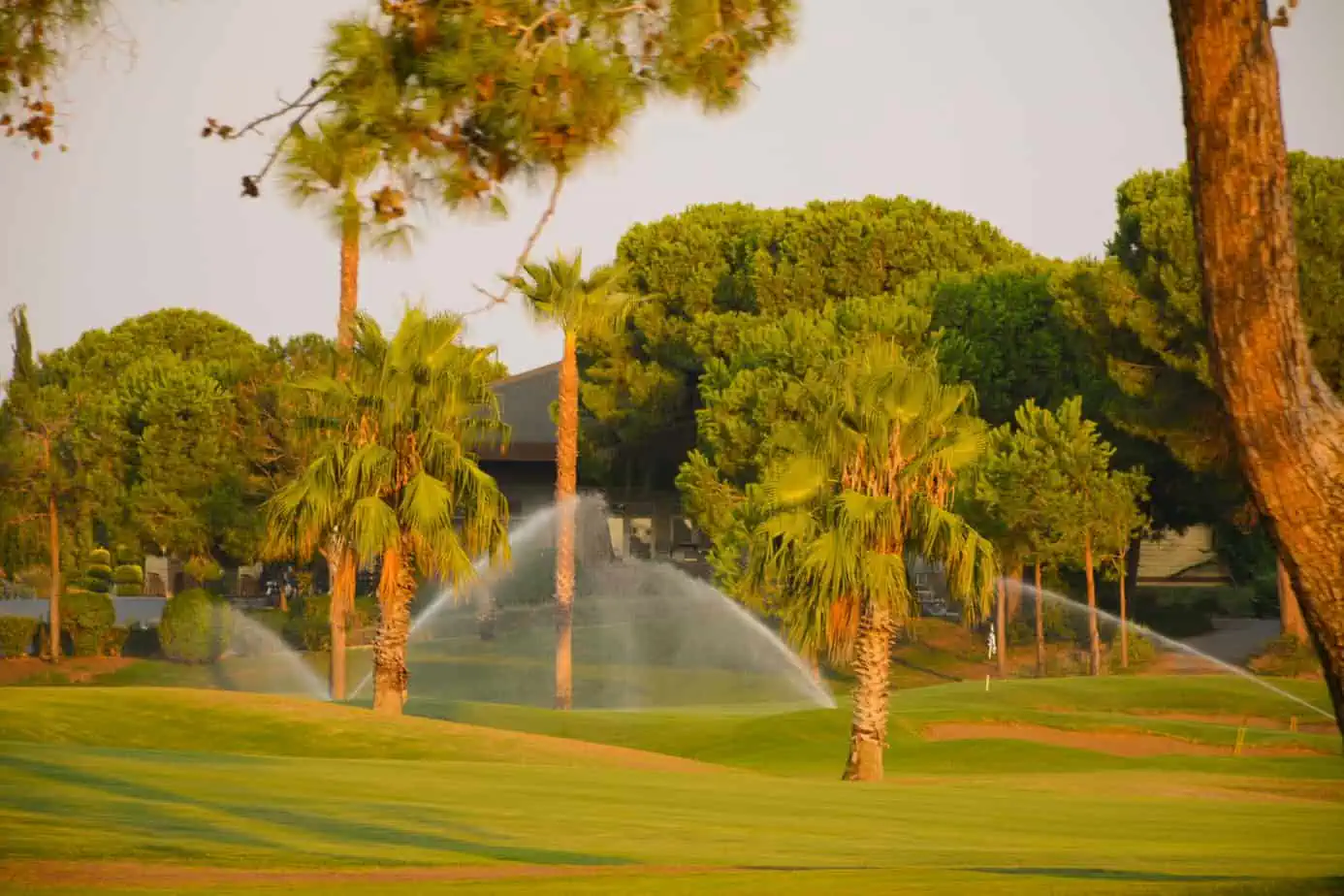USGA launches 30-million water research project
The United States Golf Association has launched a $30 million program aimed at reducing water use on American golf courses. Over the course of 15 years, various measures should help the golf industry make significant progress in this area. “The long-term economic and environmental sustainability of green-grass golf courses – where more than 25 million people enjoy the game and millions more are employed – will be challenged in certain regions if the game doesn’t advance this critical work now,” said Mike Whan, CEO of the USGA, on the publication of the concept.
Call for immediate action
Those who look closely at the USGA’s press release will recognize the urgent tone the organization is taking: “The move toward greater water resilience requires everyone in golf to actively participate and bring their best efforts forward, with golf courses utilizing the assets available to them within their geographic region,” said Dr. Matt Pringle, Managing Director of the USGA Green Section.. “Importantly, this is not a mandate, but an important call to action to the golf industry to work toward a common goal.”
With the help of the funds, the USGA now plans to fund studies on golf courses to investigate grasses that require less water, in addition to significantly promoting best-practice sharing, hosting water symposiums, developing a manual for increasing water resilience at golf facilities, and generally reducing the financial hurdles that golf facilities currently face in developing better water management.
Water consumption already reduced
America’s golf courses have already been able to significantly reduce their water consumption in recent years, by an average of 29 percent between 2005 and 2020, yet the golf industry still comes under heavy public criticism, especially in states with water problems such as Arizona, Nevada and New Mexico. The benefits of golf courses, some of which spend over 400,000 cubic meters annually on golf course irrigation, are questioned in this context and placed in relation to other uses such as agriculture, other public sports facilities, or private consumption.








